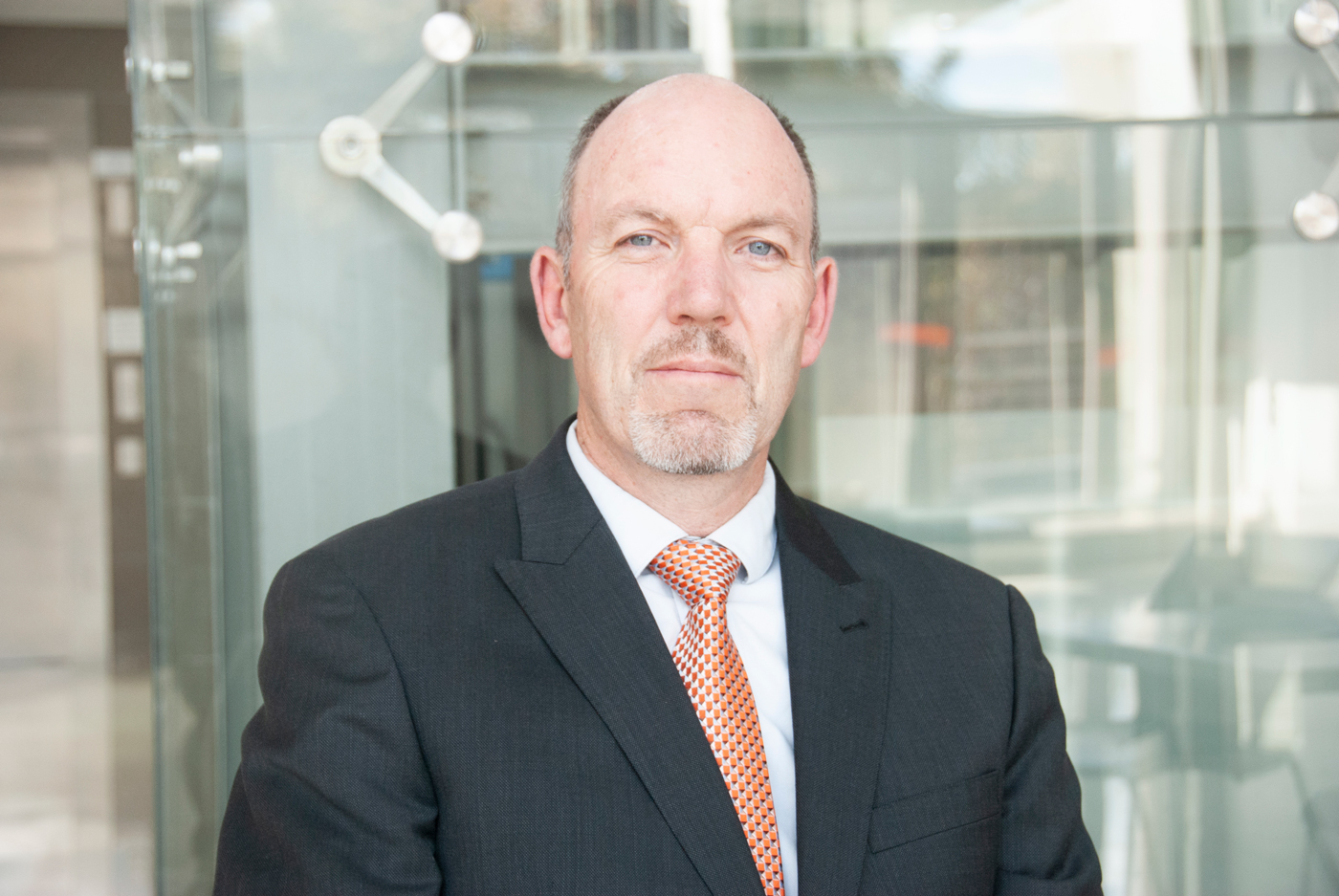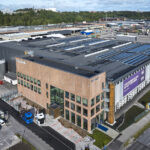Transport planning needs to be integrated and sustainable
Transport planning needs to be integrated and sustainable
It is Transport Month! What are the most important priorities for the transport sector – not only this month but also looking to the future?
South Africa’s transport sector contributes 8 to 10% on average of our total greenhouse gas (GHG)emissions. This soars to 40% in urban areas, while 60% of road trips are made in private vehicles powered by internal combustion engines. Road transport is the main source of transport-related GHG emissions, contributing 91.2% of the total.
In mitigating transport’s impact on the environment, reducing the use of and reliance on fossil fuels is the key to achieving a more sustainable transport system. This is the argument put forward by Chris Britz, director: transport, Africa at globally trusted infrastructure firm AECOM. He adds that the volume and distance of travel and the movement of goods also need to be reduced, which will require changes in behaviour and travel choices.
“Sustainable transport planning and development must be aimed at shifts in travel patterns from private to public, from motorised to non-motorised, and from road to rail, both in terms of people and freight,” says Britz, “although freight poses a bigger challenge as not all cargo can be transported efficiently by rail”.
The symbiotic relationship between the transport sector and changing climatic conditions makes it essential for civil engineers to consider two key aspects for developing the transportation system. The first is the system’s environmental impact, including approaches and measures implemented to mitigate this impact, while the second encompasses how to adapt and build more resilience into the system to deal with increasingly adverse climatic changes. These considerations must cover the full lifecycle of infrastructure from planning, design, and construction through to operation and decommissioning.
Another factor is the development of smart cities and intelligent transport solutions to manage transport systems and the demand for travel more effectively – especially in peak periods. “The solution to reduce travel is to integrate economic land use transport with transport development. This represents the biggest medium- to long-term intervention we stand to make,” stresses Britz.

“If this is not done in an optimally integrated manner, then transport systems by design cannot be effective,” he cautions. This is not going to happen overnight, however, and will take many years to bear fruit. The challenge to deliver effective South African transport systems is compounded by pre-1994 urban planning and conurbation. Here, the working class was concentrated into settlements and areas far removed from the major urban centres.
“The traditional approach to road design was to largely regard the ribbon of black bitumen, but it is essential to look at the entire road reserve from edge-to-edge and to accommodate the requirements of pedestrians, cyclists, public transport, and private and freight vehicles,” Britz elaborates.
“Public transport facilities are often perceived as an add-on, but play a critical role in designing the urban framework to create a safe and secure environment. Similarly, universal access and catering for the needs of people with mobility challenges is also very important,” he continues.
In the shorter-term, and potentially presenting some low-hanging fruit in mitigating environmental impact, is the transition to new vehicle propulsion technologies such as electric and potentially green hydrogen-propelled vehicles. Research has identified hydrogen vehicles as an increasingly viable alternative to battery electric vehicles (BEVs).
The green hydrogen market is a significant opportunity for economic growth and job creation in South Africa, with some feasibility studies already underway. “The initial thinking regarding green hydrogen for vehicle propulsion is aimed at freight vehicles. However, with research and technological advancement, this will most likely extend to private vehicles over time,” predicts Britz.
While the Just Energy Transition in South Africa relates mainly to moving away from coal-based power generation, it could be argued that a ‘just’ transition is equally important for the transport sector. As far as e-mobility goes, a major driver is that many countries globally are planning to phase out internal combustion engine vehicles soon. This presents a major opportunity for SA’s automotive manufacturing industry – a significant sector of the economy – as it could export locally-made electric vehicles and parts to both developed and developing countries.
Job creation and social cohesion and development are also critical factors in the transport sector, integrally linked to gender and youth equity and safety and security. “These are issues that cut across many sectors, but which remain highly relevant to the transport sector: On the one hand, in terms of their overall role as economic drivers, and on the other, how the development of effective transport systems can address and alleviate these challenges,” says Britz.
The transport system must also be resilient and able to withstand extreme weather events. This was highlighted by catastrophic flooding in KwaZulu-Natal and the Western Cape, which dealt a major blow to the economy in those areas. “How do you look at infrastructure from the perspective of resilience? What are your contingency plans to mitigate the economic fallout from such events?” questions Britz.
“The adaptation of transport infrastructure is essential to deal with (for example) increases in rainfall, extreme heat, temperature fluctuations, and rising sea levels, to build the necessary resilience into the system and futureproof the role that the transport sector plays in linking economic nodes and the growth of our country,” he concludes.
Published by
Focus on Transport
focusmagsa




